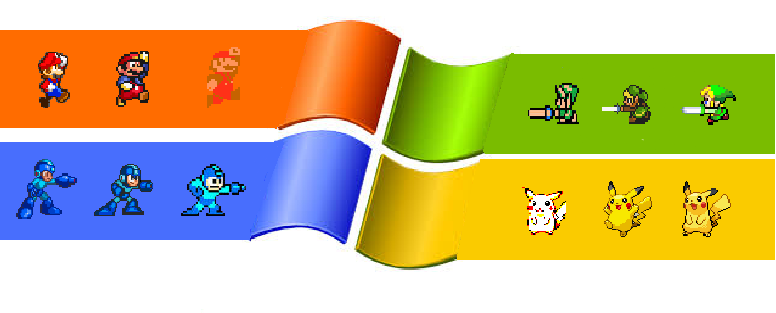Look at the video game industry today. There’s Nintendo with the Wii U, Microsoft with the Xbox One, and Sony with the Playstation 4. Four Playstations? Boy have things changed since the first. How? Let’s take a look at how Sony became a major company in the gaming industry.
-Nintendo’s Regretful Decision-
Let me set the scene. The Super Nintendo is performing greatly along with it’s competitor, the Sega Genesis. Nintendo and Sega are in steady competition, but technology was advancing, cartridges were starting to show their age, and many saw CD’s as the future of gaming. Nintendo saw the advantages and possibilities of CD technology and contacted Sony, striking a deal in the process. The two worked together to produce a CD add-on for the Super Nintendo called the Play Station. Unfortunately, Nintendo saw a problem, as the deal gave Sony most of the control over the add-on. Nintendo cancelled the deal with Sony, and instead struck another deal with Phillips, who were already developing their own console, the CD-I. After seeing the failure of the Sega CD, Nintendo cancelled the idea entirely, but Phillips had managed to obtain the rights to Mario and Zelda via the deal.
Whoops.
-Sony’s Revenge-
Sony took the information they had gotten from the research they did while making the Play Station, and made their own console. Unfortunately, Nintendo had a trademark on the name “Play Station”, so Sony combined the two names into one.
Do you do that with a troll face?
Sony also realized why other consoles had failed: lack of third party support. So Sony made it both incredibly cheap and easy to produce games on the Playstation. By the time it was launched, many games were already planned for the system.
-The Console Itself-
The console was big and grey, it had two controller ports (unless you used the Multi-Tap), and had a disk drive right on top.
The controller is grey, has a D-pad, four buttons, and two shoulder buttons. For a console with a focus on 3D gaming, not having analog sticks can be troublesome (Sony did later release a Playstation 1 controller with analog sticks). Instead of the typical A, B, X, and Y buttons that were common at the time, the Playstation controller used symbols. The “Cross” button is the “A” button, the “Square” button is the “B” button, the “Triangle” button is the “X” button, and the “Circle” button is the “Y” button.
One of the disadvantages of CD’s however, are their inability to store save data. Thus, the Playstation required Memory Cards to store data. To this day consoles are still incapable of writing data to CD’s (the only console that could write data to a disk was the N64 Disk Drive, which allowed it to do amazing things, but it didn’t use CD’s, just disks), they just use built in system memories. There was also a link cable, very similar to the one for the Game Boy. This is almost pointless.
-The Makeshift Mascot-
I say makeshift because he was never really the mascot, he was just often featured in Playstation commercials and associated with Sony in general. After the Playstation launched, a small company was looking at the various systems to decide which one to publish their new game on. After seeing that the Sega Saturn would be dominated by Sonic (Ha!) and the Nintendo 64 would be dominated by Mario, this company decided on the Playstation. Who was this company?
Naughty Dog eventually produced Crash Bandicoot, the killer app of the Playstation. Crash Bandicoot became the makeshift mascot of Sony, but it wasn’t long until various contract issues forced Naughty Dog to abandon Crash.
-The End-
The Playstation was a fantastic system, and it put Sony on the radar as a major video game company. It was the first console to truly use CD’s correctly, and it paved the way for many other developers to follow. Here’s to another Playstation, and another battle with Nintendo!
